Holen (Jolen): A Journey Into the Game of Marbles
Holen, or marbles, is a simple yet fascinating game that has been loved by generations of Filipino children. From playgrounds to dusty streets, this traditional pastime holds a special place in Philippine culture, filled with nostalgia and friendly competition.
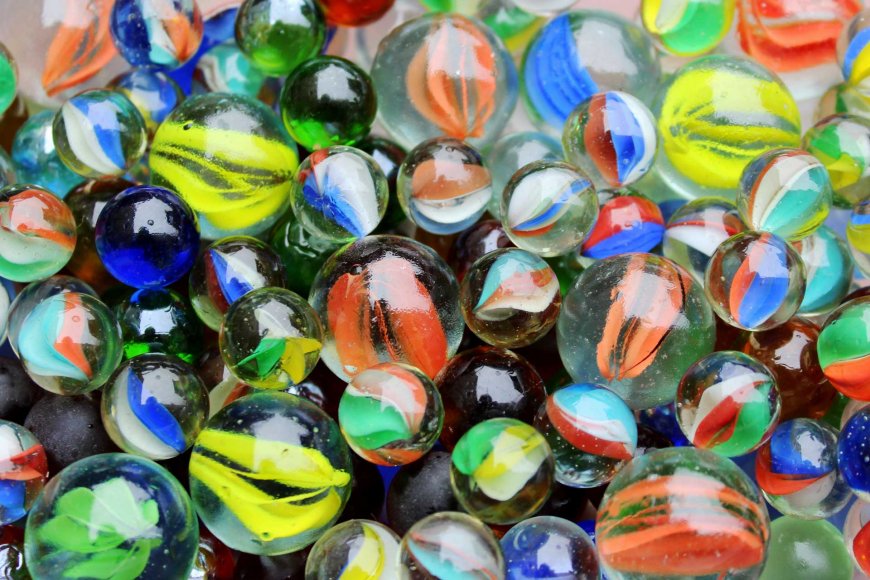
A Beloved Pastime for Generations
In the quiet corners of playgrounds and streets, among children gathered in circles, the sound of clinking marbles marks the beginning of a game as old as history itself. Known in the Philippines as "holen" or "jolen," marbles have been a beloved pastime for generations. Simple in concept yet rich in culture and nostalgia, holen remains a significant part of childhood for many. But what exactly makes this small glass sphere such an enduring and cherished part of our lives?
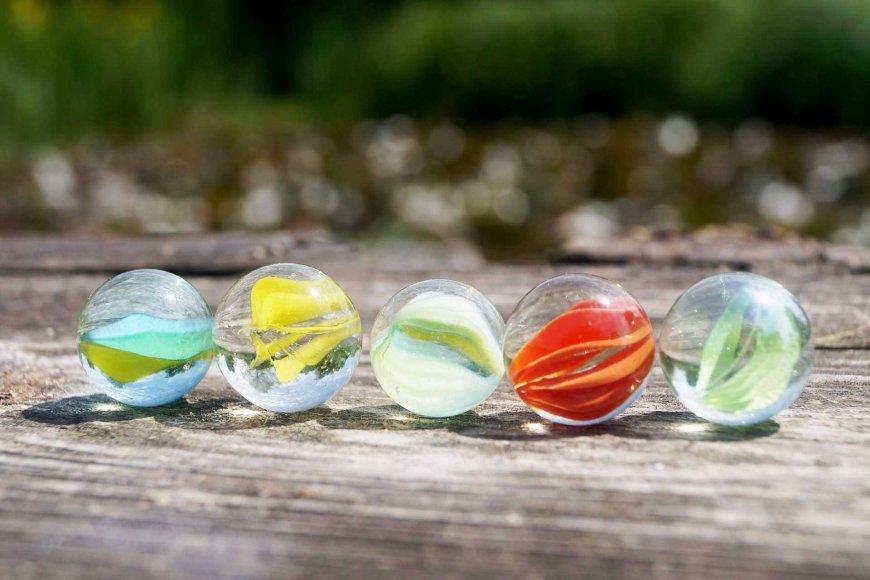
A Global Game with Ancient Roots
The game of marbles dates back thousands of years, with archaeological evidence suggesting that ancient civilizations, including the Romans and Egyptians, played versions of this game. The marbles used by these cultures were often made from clay, stone, or polished nuts, demonstrating that the basic concept of marbles has transcended time and geography.
The word "marble" itself comes from the practice of using polished stones in earlier forms of the game. In the Philippines, the term "holen" or "jolen" is derived from Spanish, a remnant of the country’s colonial past. As the game spread through Europe, Asia, and the Americas, each culture adopted its own variations, rules, and strategies.

The Popularity of Holen in the Philippines
In the Philippines, holen has been a favorite pastime among children for decades. Typically played in dirt patches or schoolyards, the game involves knocking an opponent's marble out of a designated circle or hitting it with a well-aimed shot. The simplicity of the game made it accessible to children of all backgrounds, and it became a social activity that brought communities together.
The marbles themselves, colorful glass orbs with swirling patterns inside, added to the charm. Kids often prided themselves on their collection, trading marbles with friends or acquiring them as rewards for winning games. Holen wasn’t just a game—it was a rite of passage, a way to develop strategy, and a form of entertainment that didn’t require batteries or screens.
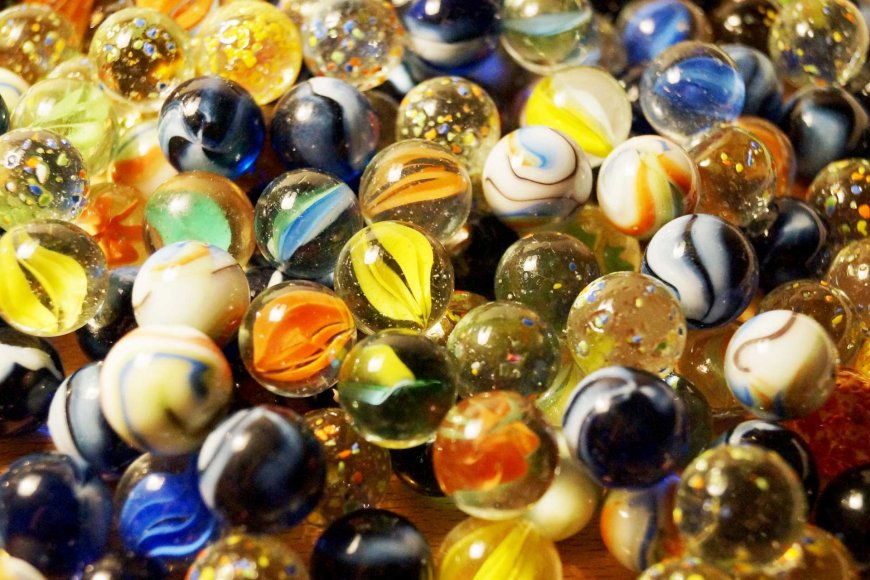
How to Play Holen: Rules and Techniques
The beauty of holen lies in its simplicity. While there are several variations, the basic game usually follows a few core rules:
- Draw a circle: A circle is drawn on the ground, typically 2 to 3 feet in diameter. Players place their marbles within this circle.
- The shooter: Each player uses a larger marble, known as a "shooter," to try and knock the opponent’s marbles out of the circle.
- Flick and hit: Players flick their shooter marble with their thumb while holding it in the crook of their index finger. The goal is to strike the marbles in the circle and knock them out.
- Scoring: Players earn points (or win the marbles) based on how many they successfully knock out. The winner is usually the one with the most marbles by the end of the game.
Mastering the flicking technique is crucial in holen, as it requires both precision and strength. A good shooter can determine the outcome of the game with a single, well-placed shot.
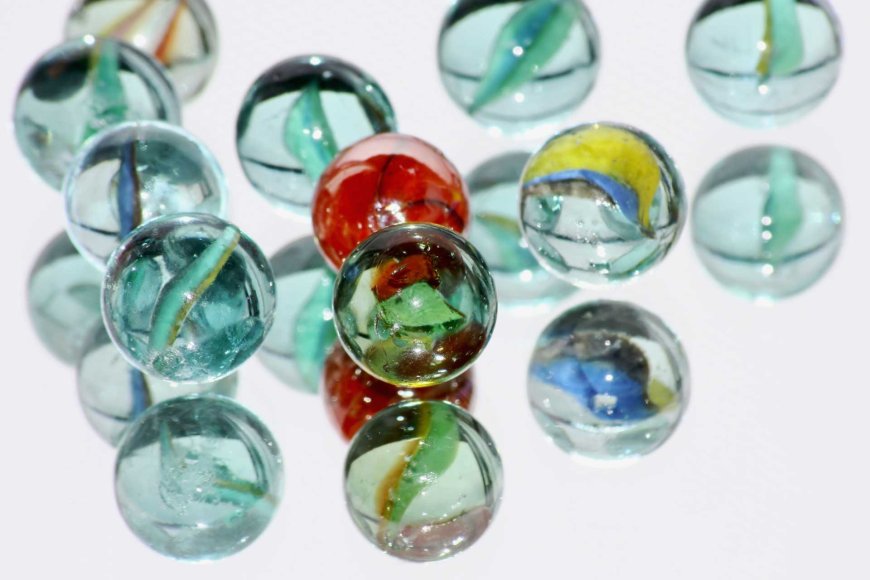
The Cultural Significance of Holen
More than just a game, holen holds cultural significance in the Philippines. It's a nostalgic symbol of childhood, representing simpler times before technology dominated entertainment. For many, it evokes memories of playing with friends under the sun, crouching on dusty ground, and carefully aiming for that perfect shot. Holen has a unique ability to transcend generations—parents often teach the game to their children, passing down not just the rules but also their childhood memories.
In rural areas, where access to digital entertainment may still be limited, holen continues to thrive as a go-to activity for children. The game’s cultural relevance speaks to the Filipino value of resourcefulness and simplicity, where even the most basic objects can create lasting joy.

Marbles as Collectibles: From Playthings to Precious Keepsakes
While holen is primarily known as a children’s game, the marbles themselves have become collectibles for hobbyists. Antique and rare marbles, particularly those from the early 1900s, are highly sought after. Glass marbles with intricate designs, especially those made by hand, can fetch high prices at auctions. What was once an affordable toy has become a coveted collectible, with certain marbles considered miniature works of art.
In the Philippines, while the focus remains on the game, some collectors also take pride in owning older or unique marbles. These might include vintage designs or marbles made from unusual materials like agate or porcelain. Collecting marbles allows people to preserve a piece of childhood while appreciating the artistry involved in crafting these tiny spheres.
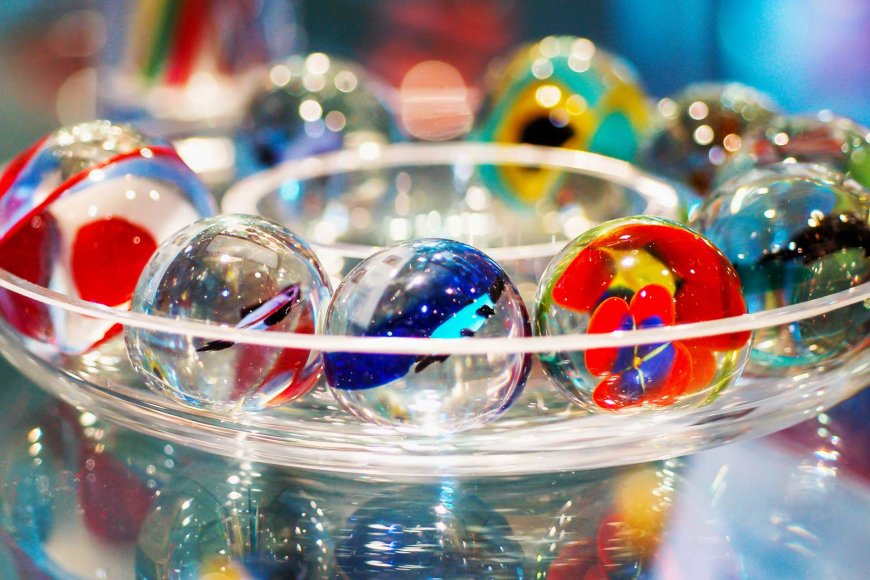
The Decline of Holen and Its Possible Revival
In recent years, the rise of technology has led to a decline in traditional games like holen. Children today are more likely to spend time on mobile phones or video games than crouching over a circle of marbles. However, there is a growing movement to revive interest in traditional Filipino games, recognizing their cultural importance and the physical, social, and strategic skills they teach.
Schools and community organizations have started promoting traditional games, including holen, as part of cultural heritage programs. With the right encouragement, holen could make a comeback, offering a break from screen time while fostering interpersonal connections and hands-on play.
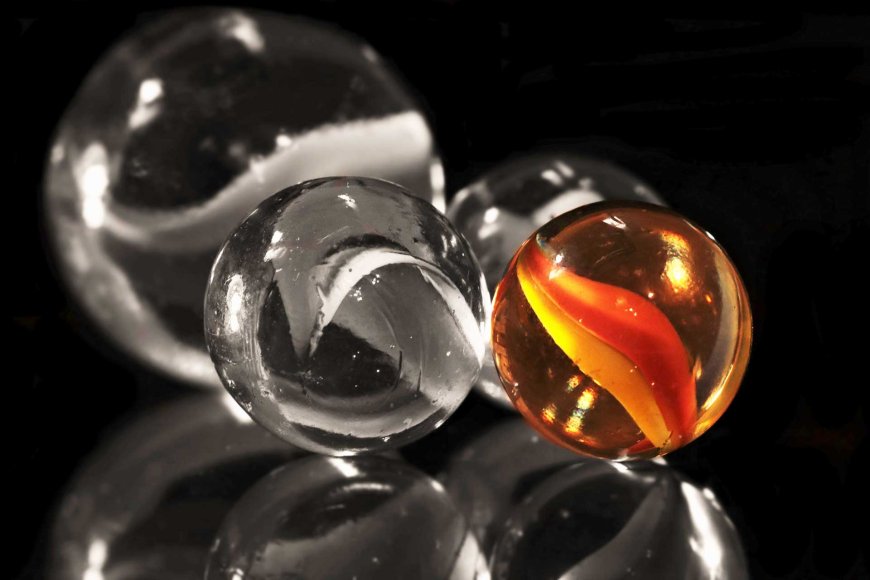
The Timeless Appeal of Holen
Holen may seem like a simple game, but its impact is profound. It has taught generations of Filipino children the value of patience, strategy, and friendly competition. More than that, it has created memories that last a lifetime, reminding us of a time when fun was uncomplicated and friendships were forged over a handful of colorful marbles. While technology continues to evolve, the game of holen remains a timeless treasure in the hearts of those who have played it.
Find Cheap Flight Tickets to any Destinations in Japan and the Philippines
Nipino.com is committed to providing you with accurate and genuine content. Let us know your opinion by clicking HERE.































































